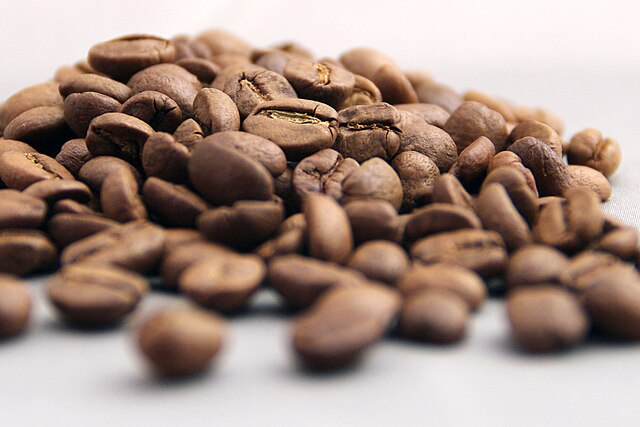The 2023-24 fiscal year has turned into a record breaker for the Ethiopia coffee industry after an export turnover of $1.43 billion. This breakthrough follows a 20% yearly export volume increase.
As a single month, June 2024 stood out with 46,000 tonnes in shipments, 108% more than in June 2023.
In terms of revenue growth, the total revenue for the annual period ending mid-2024 rose by 7.5%, year-on-year.
Fueling this turnover increment was burgeoning 2023-24 shipment volume, which grew by 20% to a record 298,500 tonnes.
In comparison, the 2022-23 period produced 50,500 tonnes less than the current fiscal year due to a post-pandemic production downturn.
On July 16, the Ethiopian Coffee and Tea Authority linked 2024’s revenue boost to increasing exports to multiple destinations worldwide.
According to the director-general of the authority, Adugna Debela, quality coffee processing alongside quantity increment brought this turnover.
Debela praised the Ethiopia coffee industry for also according growers double revenue share from exports from 40% to 80%.
The coffee authority reached this historic breakthrough by cutting out middlemen and leaving farmers direct access to central markets.
This means that some 15 million small-scale farmers who depend either directly or indirectly on Ethiopia’s coffee sector will benefit.
Farmers could also be celebrating from quality coffee that is prized both at home and in lucrative destinations.
According to the U.S. Department of Agriculture (USDA), Germany, Saudi Arabia and the United States were Ethiopia’s lead destinations in the 2021-22 period.
During the period, Ethiopia’s coffee volumes to worldwide destinations hit 282,000 tonnes, against a local usage of 207,000 tonnes. A year later in 2023, Ethiopia claimed the third spot in Arabica production after Brazil and Columbia. This is despite indications earlier in 2022 that coffee growers in Ethiopia were phasing out to other commercial crops due to COVID-19.
Ultimately, the uptick volume in 2024 is vindication that most farmers have not abandoned the sector altogether. Indeed, the statistics below paint an appealing picture of world class production by the horn of Africa country.
Ethiopia Coffee Statistics
Ethiopia ranked fifth worldwide in the 2023-24 period for coffee production at 8.35 million 60 kg bags. Leaders included Brazil (66.3 million 60-kg bags), Vietnam (27.5 million bags), Columbia (11.5 million bags) and Indonesia (9.7 million bags).
How big is Ethiopia as a coffee exporter?
Though Ethiopia is a top-5 coffee bean-producing nation, it ranks lower than this in exports due to high local consumption. Around 50% of the country’s coffee goes into domestic consumption. For this reason, Ethiopia ranked 9th globally for exports in 2021 with a total turnover of $1.16 billion. Comparably, some key coffee-producing nations also rank as big exporters. These include Brazil, which topped 2021 exports at $6.04 billion and Columbia, which ranked third with $3.22 billion.
Which areas produce the most coffee in Ethiopia?
Most of the varieties thrive in the mountainous south, southwest and the east of the country. Areas such as Yirgacheffe, Sidamo and Guji have all lent their names to wild (forest) and plantation coffee varieties in Ethiopia.
How high is coffee consumption in Ethiopia?
With a 2021-22 domestic consumption estimate of 207,000 tonnes, Ethiopia uses half its coffee output. It is also a leading per capita consumer in Africa, with a 2015-2019 consumption range of between 1.88 kg and 2.26 kg per person per year.
